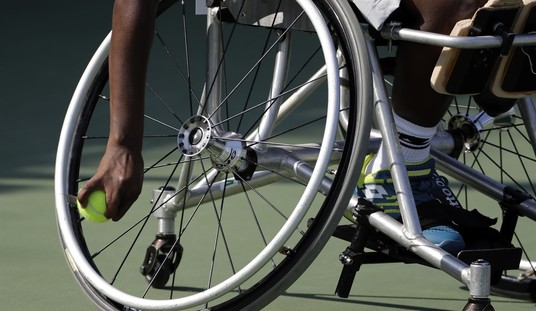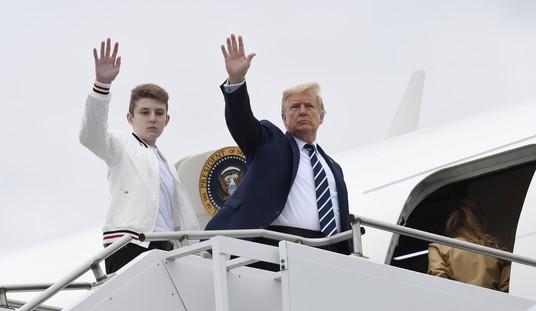Forty years ago, with the North Vietnamese army entering the outskirts of Saigon, a remarkable evacuation of American civilians and at-risk South Vietnamese was undertaken by a small number of CIA and military helicopter pilots.
Since the airport was under attack, it was impossible to use fixed wing aircraft to evacuate the many thousands of Vietnamese allies who would surely suffer once the North took over.
Dubbed Operation Frequent Wind, pilots from Air America and several search and rescue units began to land on rooftops all over Saigon where American civilians, alerted to the evacuation by the playing of Bing Crosby’s “White Christmas” over the radio, had assembled. Vietnamese who were thought to be most at risk of North Vietnamese reprisals were airlifted from the US embassy.
All told, the few dozen pilots, flying in some cases for 14 hours straight, managed to evacuate more than 7,000 people.
On April 29, Coalson flew alone, without a co-pilot. Often when he would land on a rooftop, his chopper would be “mobbed by people. You had to watch your tail rotor so somebody didn’t walk into that.”
For a lone pilot, cutting off the stream of anxious evacuees when the chopper filled up was tricky. He couldn’t leave the cockpit. And the passengers wouldn’t stop trying to get aboard.
So, Coalson used his chopper to give them a hint that he was leaving.
“You just slowly start to lift up, very, very slowly,” Coalson said. “And people knew, ‘Well, if we can’t get in, we’re certainly not gonna be able to get on, because this aircraft, I think, is takin’ off’ — which it was.” Coalson flew more than 10 hours that day without rest.
Other pilots reported that some evacuees wouldn’t let go. As the choppers took off, they’d find themselves dangling from the landing skids until the pilot was able to shake them off.
At about 2:30 p.m., 41-year-old Caron unintentionally starred in one of the most famous photographs of the Vietnam War. It happened because CIA air officer Oren “O.B.” Harnage asked Caron and co-pilot Jack “Pogo” Hunter to pick up “the deputy prime minister and his family.”
United Press International’s Hugh van Es photographed Caron and Hunter’s chopper perched atop Saigon’s Pittman Building, about a half-mile from the embassy. In the picture, Harnage is seen standing on the roof, helping evacuees climb a ladder to get on board. The iconic photograph has come to symbolize the chaos and desperation of that day.
“I remember looking out there at the people coming up the ladder,” Caron told CNN. “And I turned to Pogo and said, ‘I tell you what, this prime minister has a pretty damned big family!’ It was 50 people. As you can imagine, as word spread, everyone they knew suddenly became ‘family.’ “
It’s a myth that this was a shot of the last helicopter leaving the rooftop of the embassy. It was actually a few blocks away — the rooftop of an apartment building where the CIA station chief and a few agents lived. And it was nowhere near the last helicopter to leave Saigon. The airlift would continue into the early evening until the last few embassy Marines were taken away.
Myths about the Vietnam War that have become part of the anti-war left’s permanent narrative also include the aftermath of the war. The North Vietnamese, who deliberately and without provocation violated the peace agreement, rolled through the South pushing aside the poorly armed Saigon army who were suffering huge shortages because of a cut off in aid by the US Congress.
Once in charge, the North Vietnamese went to work. In great secrecy, the drumhead trials began and tens of thousands of South Vietnamese were summarily executed (A US embassy official admitted that a list with the names of 30,000 South Vietnamese who cooperated with Project Phoenix was not destroyed. It is believed most of those people were executed.).
Hundreds of thousands more were incarcerated in “re-education camps” where it is estimated by one scholar that up to 10% of prisoners died.
Between 200,000 and 400,000 Vietnamese boat people died on the high seas. The total number of South Vietnamese murdered by the North may never be known to any degree of accuracy. But scholar R.J. Rummel, after an exhaustive search of available records, came to the following conclusion:
Finally, I can calculate the overall democide of Vietnam in the post-Vietnam War period (lines 762 to 764). This amounts to 346,000 to 2,438,000 Vietnamese, Cambodians, and Laotians, probably about 1,040,000.
That death toll only points up the fact that while Operation Frequent Wind was a brave attempt to rescue as many Vietnamese as possible, it fell far short of protecting the vast majority of South Vietnamese who risked everything to help America in the war effort. How many of those million who died could we have saved? We’ll never know.
History condemns us for not making a better effort.










Join the conversation as a VIP Member